Visiting the Mayan City of Uxmal
Last week my wife and I took a short trip to Mérida in the state of Yucatán. Though the reason for going was more business than pleasure, we made sure to include enough fun activities to make sure we had a memorable time: A bit relaxing on the beach, sampling of the Yucatec cuisine, and even a visit to the archeological site of Uxmal. This latter place I found particularly interesting, as it has a good number of buildings, most of them well preserved and restored. At the same time it was not overrun by mass tourism, at least not when we were there, so we took our time to explore the site and took lots of photos, I want to share here.
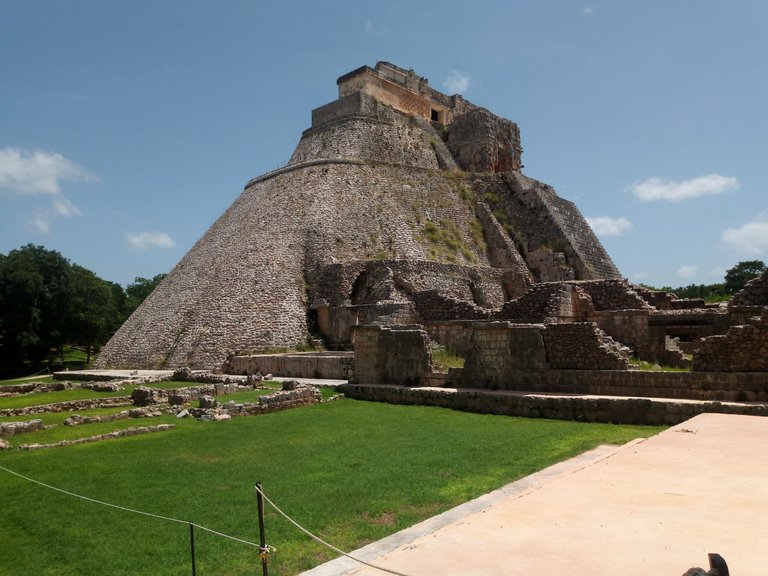
Puuc Region, Late Classic Period
Uxmal was built and inhabited around the end of classic period, that is the final centuries of the first millennium A.D. It served as the administrative and ceremonial capital of a Mayan state, until it was run over by invading Toltecs. At least that's the official version of the story, though it should be acknowledged that in spite of the impressive restoration of the structures, little to no archeological work has been conducted on the site. The information is rather based on the data from other Mayan sites in the area, which show that Uxmal was an important center.
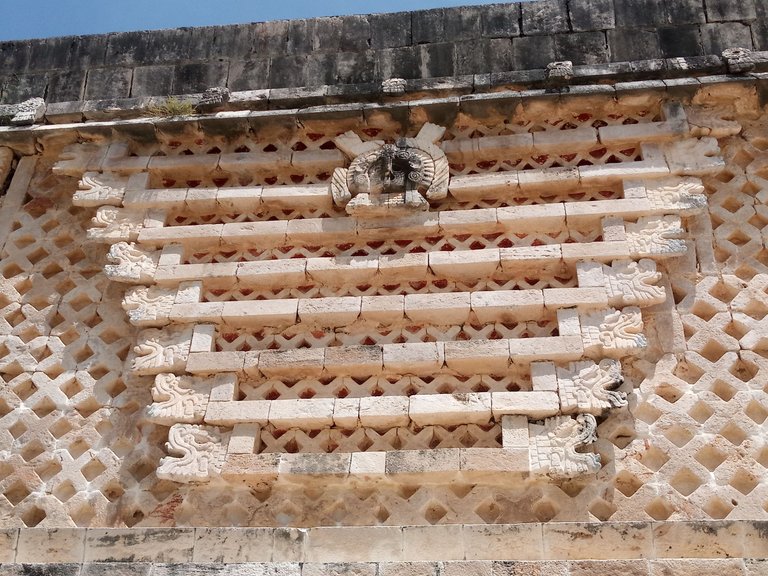
As far as the geographic location, it is found in the Puuc region, approximately 60 km south from Mérida. Puuc means hill, indicating the relatively benign elevations on the otherwise flat Yucatán peninsula. Just like other nearby sites, Uxmal was constructed in a distinct style, which has been referred to as Puuc style, known for elaborately decorated upper facades, rounded corners on the elliptical pyramid, and a concrete-core construction technique.
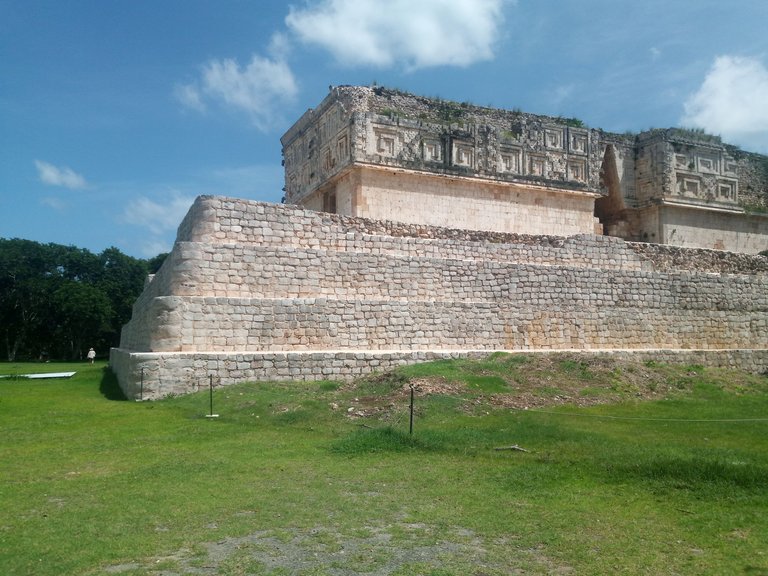
The population of the is estimated to have been 20,000 people at its height, however, according to contradicting information, Uxmal was not even used for residential purposes, except for the governing ruler and accompanying staff. Otherwise, it had been mostly a ceremonial site. I'm not exactly sure what to make of that. Both kings and priests usually require a great deal of material culture to support their activities, which itself relies on a vast supply chain, necessitating people. Still, I appreciate the open admittance of the National Institute of Anthropology and History in charge of the site, that the experts are simply not sure.

A Pyramid Built in One Night
The biggest building on the site is by far the so called Pyramid of the Magician, an elliptical limestone pyramid of about 40 meters (130 ft) tall. While it is assumed that it was built over several centuries, the local Maya have a legend that tells an entirely different story: Accordingly, the pyramid was built as part of three tasks given to a dwarf, who was destined to fulfill a prophecy and dethrone the ruler of that time. The dwarf's origin is also interesting, claiming he emerged from a turtle egg, found by a woman (possibly a sorceress), who adopted him since she was unable to conceive children.
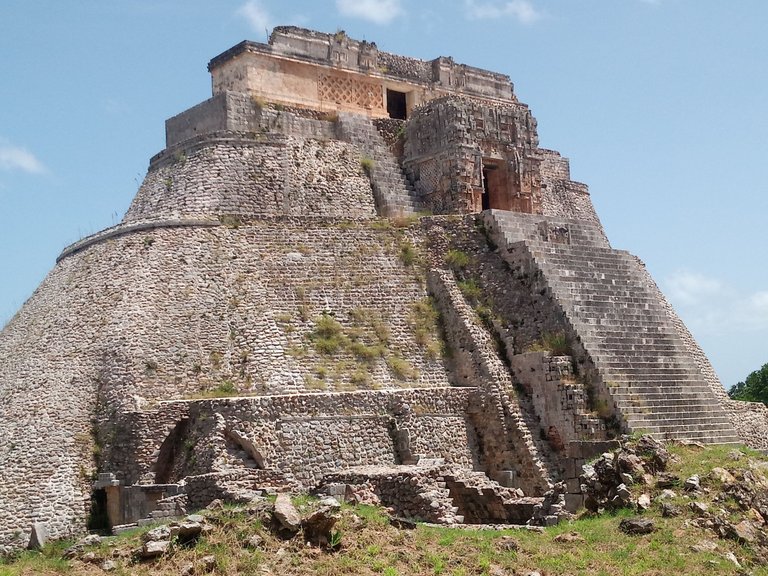
When the ruler of Uxmal heard the dwarf's prophecy, he gave him three trials, hoping he would fail and thus would be unable to fulfill his destiny. The first one was to build a straight road to the city of Kabah (18 km away), which the dwarf passed with flying colors. The second trial was to build a house taller than any others in only one night. For this task he sought out the help of his mother, who told him to just go to bed and not worry. The next morning the dwarf woke up on top of the completed pyramid, which he apparently built. The king was quite impressed at this, while also being afraid that there is nothing this dwarf could not do. So as the final task, he challenged him to break the extremely hard seeds of the cocoyole plant on each other's heads. As you would expect, the dwarf didn't even flinch at this, but the king didn't make it. And this is how the dwarf magician became the new ruler of Uxmal.

Recognize the Typical Features?
Walking around the site of Uxmal, one will certainly recognize the unique patterns of the Puuc architecture. When it comes to the description of what they represent, things are much less clear. One thing that keeps coming up, is the long-nosed good Chaac, the planet Venus, snakes, feathered snakes, even two-headed snakes, as well as other animals, such as owls, and turtles. I really tried to make out some ... or even any of them, but I simply can't be sure. Mayan art is pretty overdecorated as it is, and looking up at these building facades, after a while I felt like I could find just about anything among those shapes.
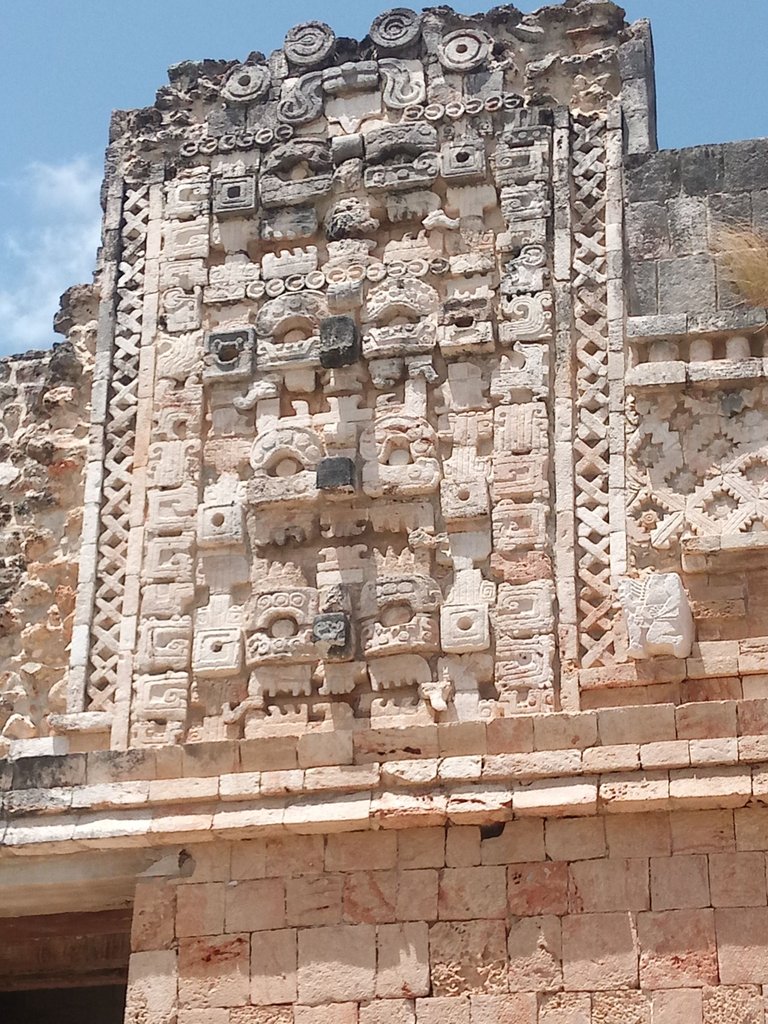
There was one interesting feature, however, I couldn't ignore: For whatever reason, the Mayan builders were particularly fond of corridors with trapeze-shaped ceilings. I had become aware of this in Palenque already, another Mayan site about 500 km southwest from Uxmal, dating back to the early Classic Period, or the 5th century A.D. Were these shapes supposed to symbolize the palm-thatched roofs, so typical all over the Yucatán even today, and probably going back way before stone buildings? Maybe. Also, some heavy stone structured also looked like oversized wooden huts, supporting this same assumption. The only question that remains is: Why? But this is where each of comes in, giving our own favorite explanation.
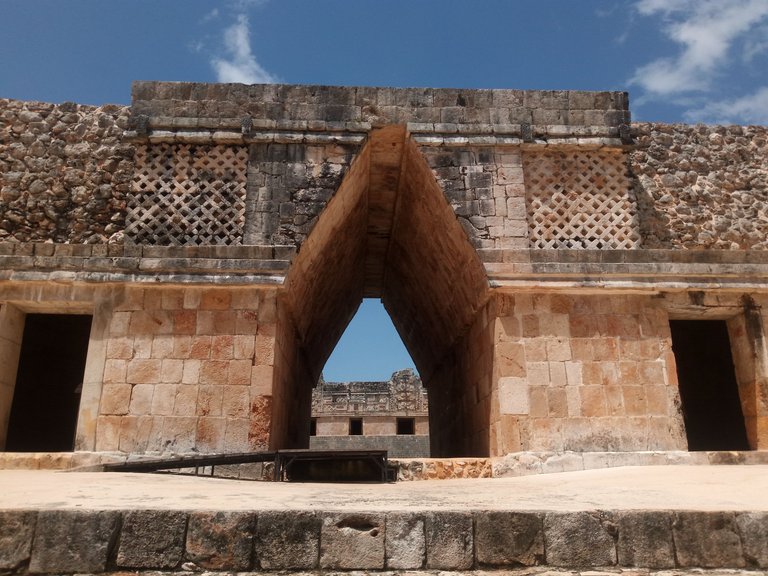
Another well preserved structure is the ball-court for the famous ceremonial game enjoyed by many pre-hispanic cultures. This one even has one of its two stone hoops intact, a vertical type of basketball, if you will. A huge difference, however, is that this Mayan ball game was played on two slanted bases, and players were only allowed to touch the ball with their knees, hips, and elbows. Whether the winners of the match were sacrificed after the game, or maybe the losers, possibly both, or neither, is up to debate.
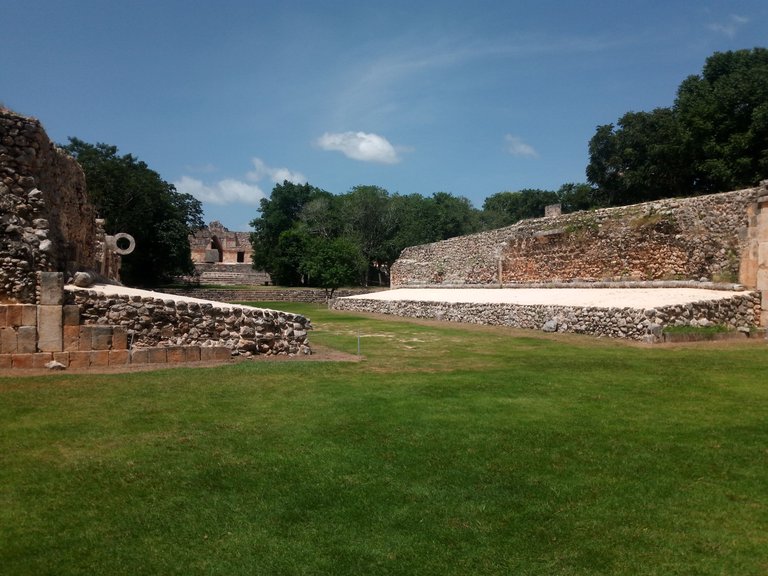
Nature in Midst of Culture
Other than the fascinating buildings, Uxmal is a great place to see nature. It is particularly butterflies and iguanas that are literally everywhere at this site, along with a generously growing vegetation. But apparently, this is just the tip of the iceberg, and the surrounding forest provides habitat for numerous birds, monkeys, and even jaguars. However, during our brief visit we didn't get to see any of them. The iguanas, however, were so numerous that they ended up on many of our pics. At first intentionally, later simply because they happened to be sitting there, almost as if they were posing for our pics.
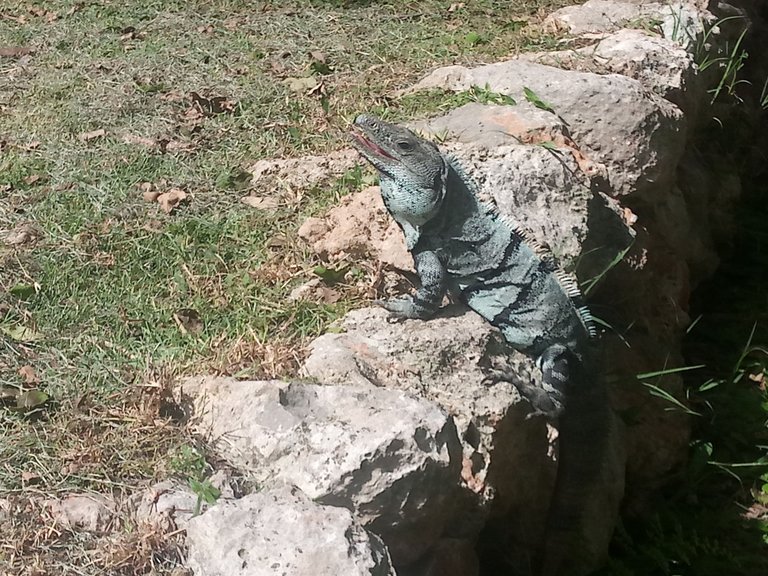

Electronic-terrorism, voice to skull and neuro monitoring on Hive and Steem. You can ignore this, but your going to wish you didnt soon. This is happening whether you believe it or not. https://ecency.com/fyrstikken/@fairandbalanced/i-am-the-only-motherfucker-on-the-internet-pointing-to-a-direct-source-for-voice-to-skull-electronic-terrorism
Congratulations, your post has been added to Pinmapple! 🎉🥳🍍
Did you know you have your own profile map?
And every post has their own map too!
Want to have your post on the map too?
Hiya, @LivingUKTaiwan here, just swinging by to let you know that this post made it into our Honorable Mentions in Daily Travel Digest #1319.
Your post has been manually curated by the @pinmapple team. If you like what we're doing, please drop by to check out all the rest of today's great posts and consider supporting other authors like yourself and us so we can keep the project going!
Love your footer, it's so cool. By the way, did you know we have our own haveyoubeenhere and pinmapple community https://peakd.com/c/hive-163772? You can post directly from as we are supported by OCD under the Community Incubation Program.
Become part of our travel community:
😍👍
Hi @stortebeker,
Great to see you posting to the TravelFeed community! We launched the #travelfeed curated tag more than 3 years ago and have been supporting the best travel blogs on Hive ever since. But did you know that TravelFeed has evolved? Based on the feedback of thousands of Hive travel bloggers we created TravelFeed.io.
TravelFeed.io brings together all the benefits of Hive decentralized blogging with features that you as a travel blogger will love: Photo galleries, Instagram embeds, custom maps, automated adding to Pinmapple and more. We also offer many of the features you love on Peakd such as drafts and post scheduling. And if you want, you can even use our easy site builder to set up your own travel blog on your own domain which can be a great way to generate a passive income from your blog!
Unfortunately, focussing on developing the best platform for travelers means that we no longer curate the #travelfeed tag and the TravelFeed Hive community. But, you can log in with your Hive account on TravelFeed.io to publish your next travel post, and it will be posted to Hive automatically! Every day, we select the best posts and reward them with an upvote and added visibility.
We would love to see you on TravelFeed.io soon :)
These ruins have always fascinated me, thank you for sharing.